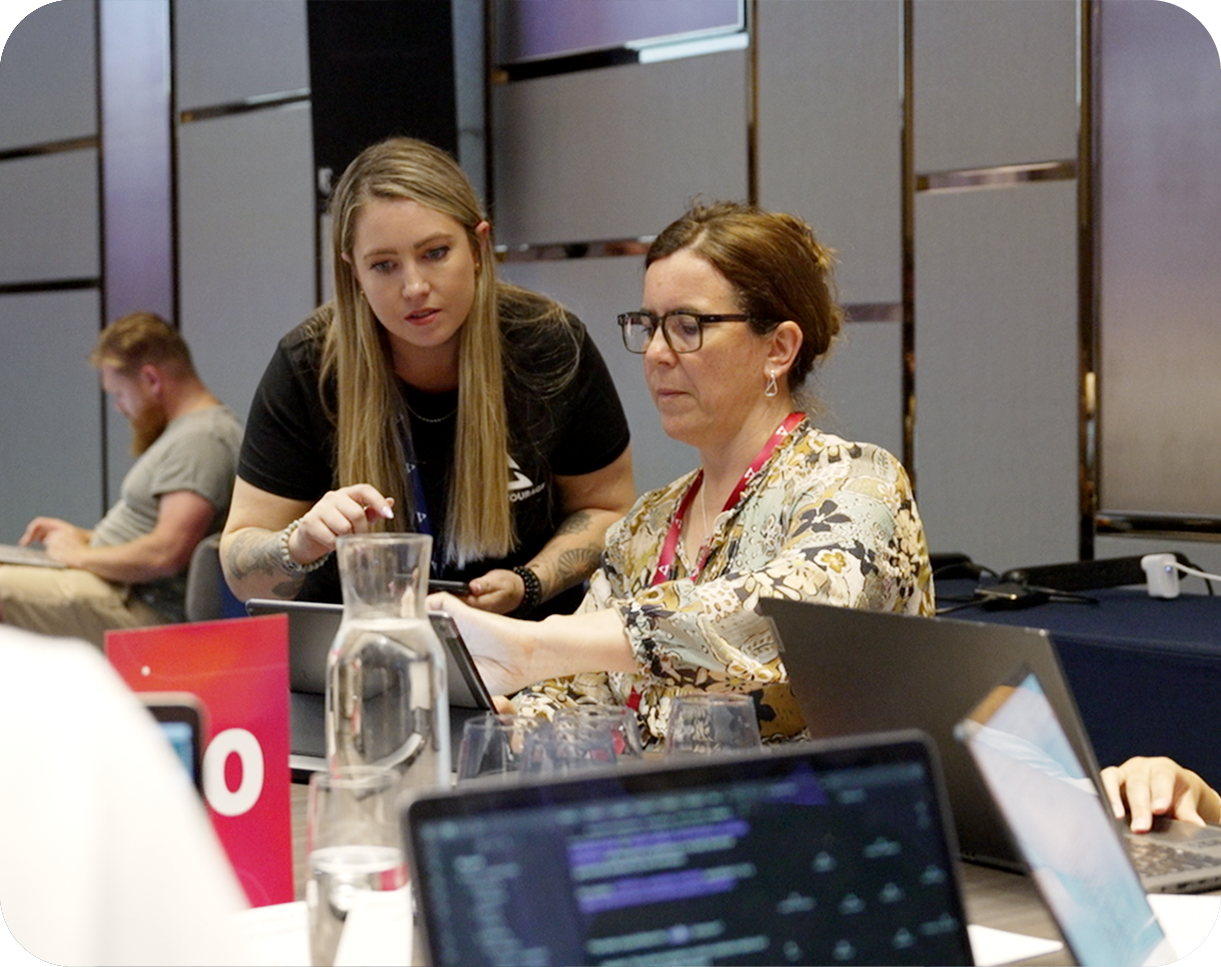Here, you will find how best to build a mobile banking app. Thus, you won't need to ask someone else how to create a mobile banking app (please see the Topflight experience) or start a banking app after reading because this article outlines the recent innovations in banking apps and the necessary features that modern mobile banks must offer to meet the demands of today's consumers.
Recent Innovations in Banking Apps
Over the last decade, banking apps have undergone profound transformations, significantly enhancing how consumers manage their finances. Initially, these apps provided essential services like viewing balances and recent transactions. Advancements in technology have expanded their functionality dramatically. Today, users can perform many tasks, such as transferring money, paying bills, depositing checks via photo, and scheduling appointments with bank representatives—all from their mobile devices. The integration of AI has introduced features like predictive analytics to help users manage their spending and savings more effectively. Security has also seen significant upgrades, with biometric logins such as fingerprint and facial recognition becoming standard to protect user data. The user experience has also improved, with more intuitive designs and personalized features, making banking as seamless as shopping online. These enhancements reflect a broader shift towards digital-first banking, reducing the need for physical bank visits and redefining customer expectations in the digital age. In this evolving landscape, leveraging financial technology consulting can further enhance these banking applications, ensuring they meet regulatory standards and continue to innovate in response to customer needs.
Please, let’s take a closer look!
-
Enhanced Security Measures
New developments include biometric authentication methods like fingerprint scanning and facial recognition, adding an extra security layer. Multi-factor authentication has become standard, combining something you know (a password) with something you have (a mobile device). Furthermore, advanced encryption techniques ensure that user data remains safe during transactions.
-
Personalization and AI Integration
AI-powered financial advice and insights help users make informed decisions based on their spending habits and financial goals. Personalized offers and services tailored to individual user profiles enhance customer engagement. Chatbots and virtual assistants, driven by AI, offer instant support and streamline customer service interactions.
-
Seamless Payment Solutions
Contactless payments, facilitated by Near Field Communication (NFC) and QR codes, enable quick and secure transactions. Peer-to-peer (P2P) payment options make it easy for users to transfer money to friends and family. Integration with digital wallets such as Apple Pay and Google Pay further simplifies the payment process, making it faster and more convenient.
-
Comprehensive Financial Management Tools
Budgeting and expense tracking capabilities are now included when building a banking application to assist users in monitoring their spending and adhering to their budgets. Tools for managing investments offer insights and enable investments directly within the application. Features for monitoring credit scores keep users updated on their credit health and provide suggestions for enhancement.
-
Improved User Experience (UX)
Banking applications have greatly enhanced their design and navigation, making them more instinctive and user-friendly. For instance, accessibility features ensure people with disabilities can effectively use the applications. Customizable interfaces also enable users to modify the appearance and functionality of the application to suit their preferences, enhancing overall satisfaction.
-
Open Banking and API Integration
Integrating third-party services with banking applications allows users to access a wider array of financial services. Open banking regulations encourage transparency and competition, ultimately benefiting consumers. API ecosystems enable seamless connectivity between different financial platforms, providing a comprehensive banking experience. Banking IT solutions play a crucial role in building these ecosystems, ensuring robust security, scalability, and compliance with regulatory standards.
-
Sustainable and Ethical Banking
Contemporary banking applications integrate environmentally friendly banking initiatives, providing investment options in environmentally sustainable projects. Ethical investment options enable users to support companies and causes that align with their values. Transparency in operations and policies builds trust and loyalty among users.
Necessary Features Needed to Build a Mobile Banking App
When developing a new banking app, beginners should focus on incorporating features that enhance security, usability, and customer engagement, as these are critical for gaining and retaining users' trust. Security is paramount in any banking application, so implementing robust authentication methods, such as two-factor authentication and biometric logins, is essential to protect customers’ sensitive financial information. Usability can be addressed by ensuring the app has a clean, intuitive interface that makes it easy for users to navigate and perform everyday banking tasks like checking balances, making transfers, and paying bills. Finally, features that enhance customer engagement, such as customizable alerts for transactions or low balances and budgeting and financial planning tools, can significantly improve the user experience. These features not only help meet users' basic expectations but also help distinguish the app from the competition by providing practical value.
-
Robust Security and Privacy
Important security measures include biometric authentication, multi-factor authentication, and advanced encryption. When building a banking application, compliance with data protection regulations and transparent privacy policies to protect customer data is necessary.
-
User-Centric Design
Features that improve accessibility and convenience, such as simple navigation and clear instructions, are vital. A well-designed app ensures that users can easily perform transactions and access services.
-
Comprehensive Financial Services
Additional services, such as financial planning tools, loan applications, and insurance options exploration, contribute to a complete banking experience.
-
Real-Time Notifications and Updates
Transaction alerts notify users about account activity, helping to prevent fraud. Real-time updates on account balances and spending patterns assist in managing finances. Personalized financial insights help users make well-informed decisions.
-
Cross-Platform Compatibility
Users anticipate accessing their accounts and completing transactions from their smartphones, tablets, and even wearables. Thus, synchronization across multiple accounts and platforms ensures uniformity and convenience.
-
Customer Support and Community Engagement
24/7 support options allow immediate assistance, including live chat and call support. In-app support and detailed FAQs enable users to resolve common issues independently. Community forums and integrating user feedback also promote engagement and continuous improvement.
-
Continuous Innovation and Upgrades
Regular updates and feature enhancements are essential to ensure the app is up-to-date and fully functional. Keeping pace with new technologies such as blockchain and IoT will also guarantee an app's relevance.
Wrap Up
You should be updated with banking app innovations if you want to build a mobile banking app because they have improved how we manage our finances. For instance, enhanced security, personalized AI, smooth payment solutions, and complete financial management tools are some of the chief features that characterize today's banking apps.
Essential aspects like strong security, user-focused design, and ongoing innovation guarantee that these apps fulfill users' changing demands. This allows you to start a banking app with increased convenience, security, and reach, fundamentally transforming the financial industry.
Related Categories
Ryan Terrey
As Director of Marketing at The Entourage, Ryan Terrey is primarily focused on driving growth for companies through lead generation strategies. With a strong background in SEO/SEM, PPC and CRO from working in Sympli and InfoTrack, Ryan not only helps The Entourage brand grow and reach our target audience through campaigns that are creative, insightful and analytically driven, but also that of our 6, 7 and 8 figure members' audiences too.





